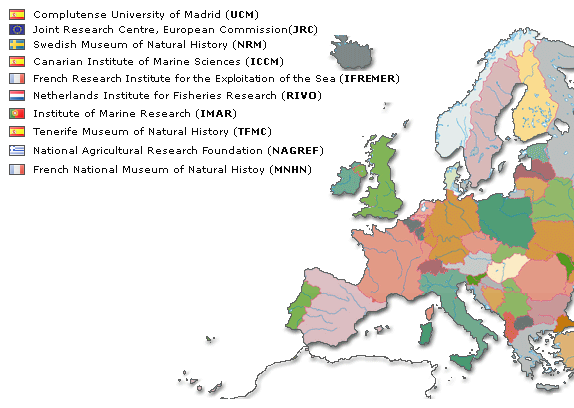The project
The aim of FishTrace was to compile and render accessible data and material needed for the genetic identification and characterisation of marine fish species from European waters and/or marketed in Europe.
While the compilation and archiving of biological and genetic data is costly and time-consuming only readily accessible and standardised fish genetic data can be effectively employed in applied or basic science underpinning fisheries management, control, enforcement, traceability or food industry needs.
FishTrace developed standardised protocols, interconnected expertise and enabled interoperability between complementary resources with the aim of generating a database accessible to researchers and laboratories of fisheries management institutions or authorities with standardised data for European marine fishes.
The Consortium
FishTrace Results and Achievements
- FishTrace established a genetic catalogue of a large, representative number of European marine fish species regularly commercialised in the European markets. The catalogue includes molecular markers (gene sequences) complemented and linked to morphological data to assist the indisputable identification of fish species in fish products.
- Reference biological material (including vouchers, tissue, otoliths and DNA samples) was pooled and their use for standardisation and cross-referencing with respect to fish traceability through European markets is enabled.
- A public readily accessible database was established, compiling new standardised data (taxonomy, molecular genetics, and reference collections) that was complemented with existing data from other sources.
- The information compiled in the database was validated to ascertain its applicability for end-users (including biological research laboratories, control laboratories, consumers and regulatory bodies) in terms of cost-effective methodologies for the analysis, characterisation and commercial diagnosis of marine fish species with regard to fisheries and fish products.
- The collection of standardised information gained in this network can provide support to European Union and national policies with regard to fish stocks, food traceability and environmental protection.

